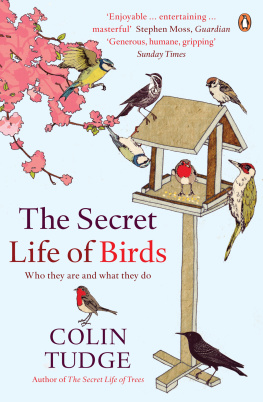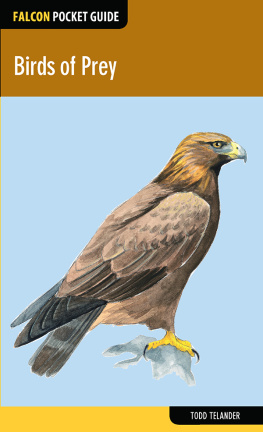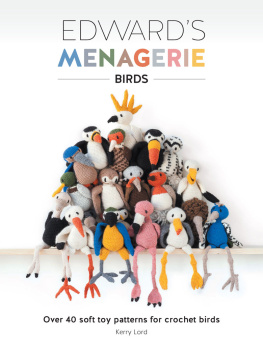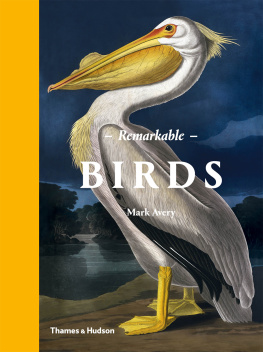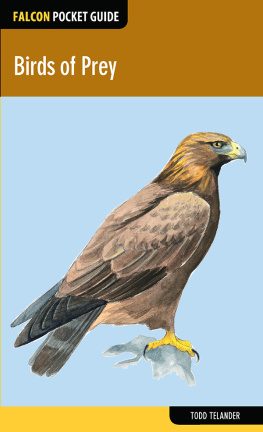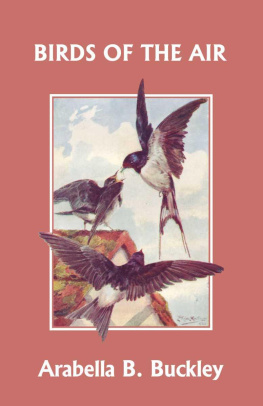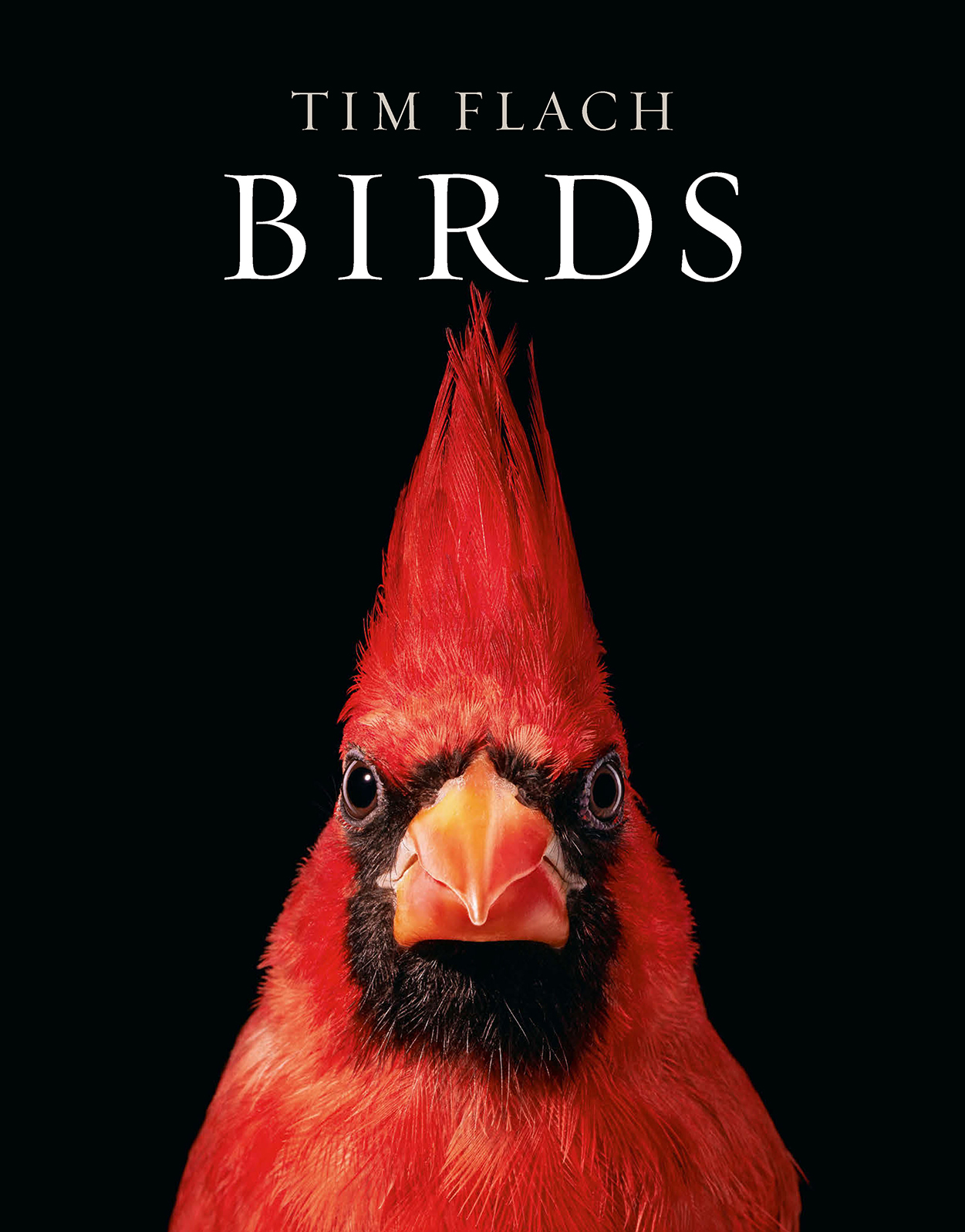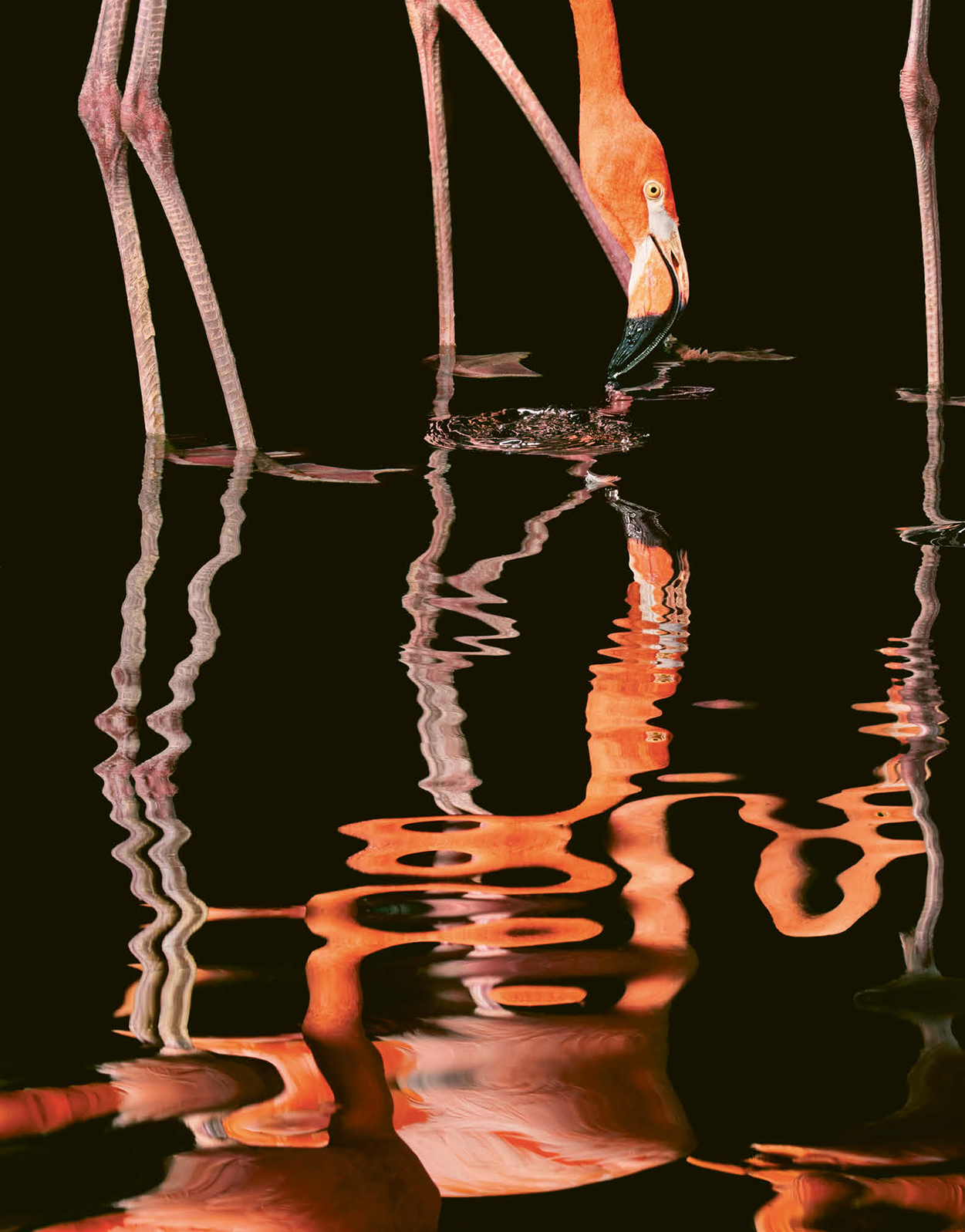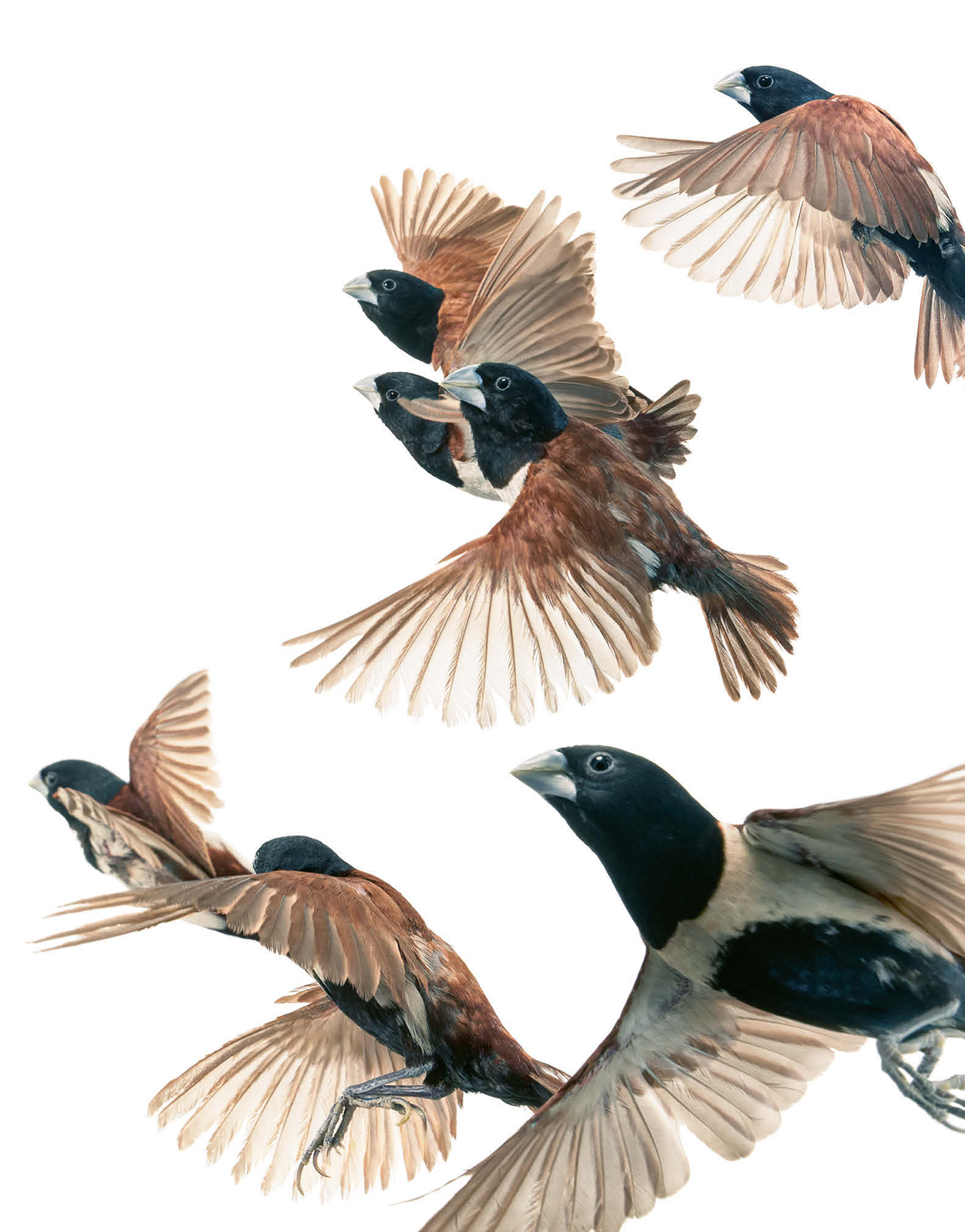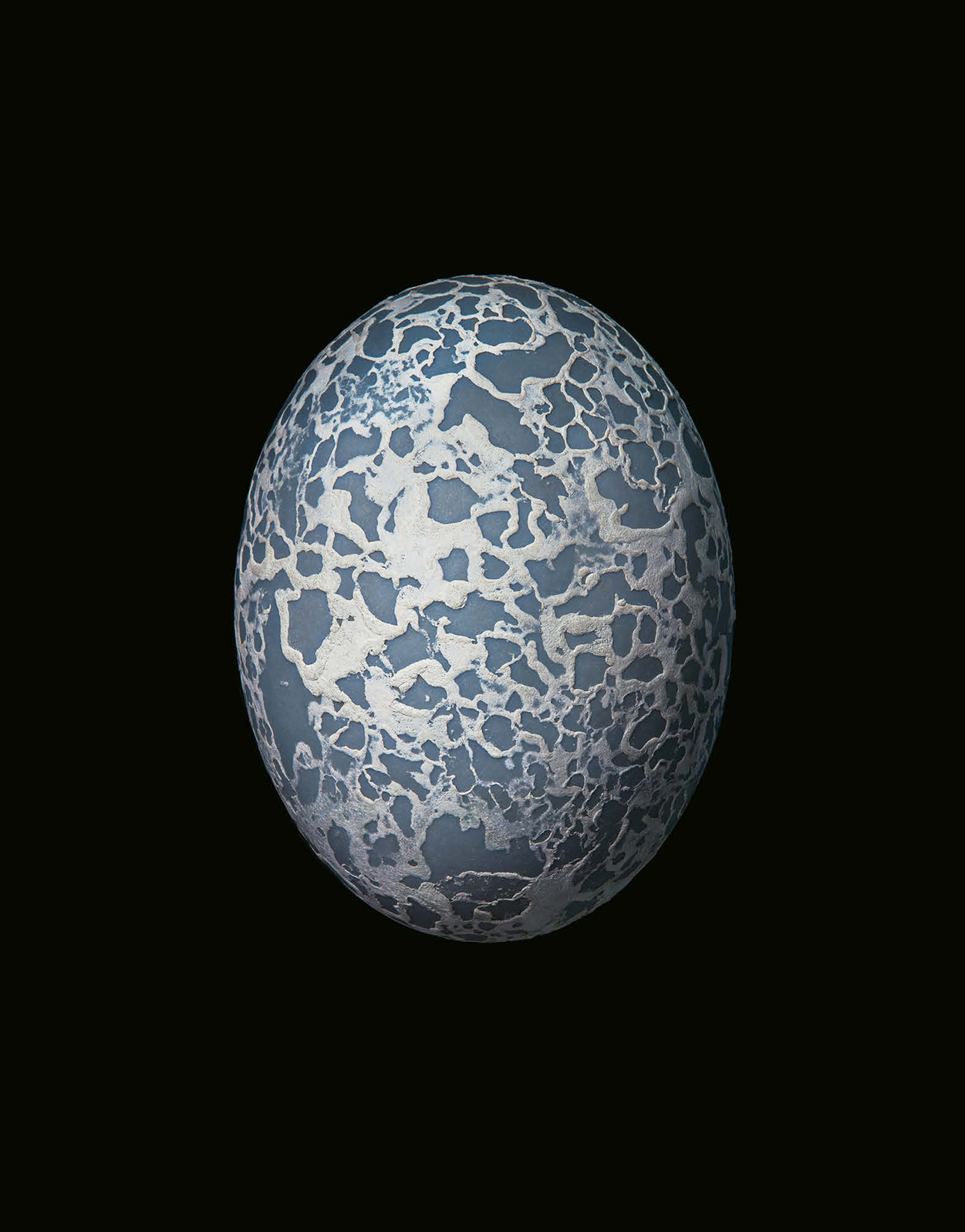
While running over the Millennium Bridge toward the Tate Modern,
a path I take most mornings from my home in London, I am greeted
by hundreds of roosting black-headed gulls flanking me on both sides.
This cacophony of seabirds transports me back to my childhood by
the Cornish coast and stirs me into action for the day ahead.
When I began this project, my intention was to explore the beauty
and wonderment of birds by depicting them in a series of portraits,
abstract and in flight. They are set against simple backgrounds to
focus on the details and illustrate their morphological diversity, and
heighten our sense of empathy.
Our journey within these pages is ordered in what is believed to be
the evolutionary sequence, beginning with the Berlin Archaeopteryx ,
a strikingly complete example of a feathered dinosaur that gives us a
direct link to the ancestors of birds today. This is followed by flightless
birds, through to the more specialized species such as hummingbirds,
and finally to poultrydomesticated and shaped by us. To craft the
chapter introductions, Yale Universitys Richard O. Prum, a leading
evolutionary ornithologist and world-renowned expert on plumage,
was the perfect fit. His knowledge and approach accentuate why
these birds have such unique plumages, colorations, and forms.
Where necessary, specialized aviaries were built to allow my subjects
to be more relaxed, oblivious to the camera and me. This encouraged
natural behavior and most importantly minimized any stress on
these captive-bred birds. In some situations, turntables were used
for rotating perches, ponds were built for ducks, and lights were
suspended high over a tank of diving penguins.
For many of us, the global pandemic has heightened our awareness
of nature and specifically birds, which have with their very presence
awakened our senses and elevated our spirits. The enforced solitude
of lockdown has also given me an opportunity to reflect on my
photographic processes and glean new inspiration from the old masters
such as Rembrandt and Turner; I have become ever more mindful of
the importance of the chiaroscuro and luminescence that they used
to such great effect. From the beginning I was aware of the legacy of
the nineteenth-century bird illustrators such as John James Audubon
and his The Birds of America , and the artists employed by John Gould.
More often than not, they had to work using only skins and taxidermy
specimens. Artists like Edward Lear did their best to observe directly
from life where possible. I like to think I work on the continuum of
this aesthetic tradition.
What photography can do uniquely as a medium is to fragment
a single moment in time, thereby extending our experience of that
moment, which the persistent flow of movement and therefore our
vision often denies us. It invites us to examine and contemplate the
bending of a feather caught in flight, the minute details of the vanes
and barbules of plumage, the frozen moments of torpedo-like diving
penguins, the painterly reflections of flamingos wading.
From the commonly seen blue tit to the critically endangered
Philippine eagle, it was difficult to decide what to include from the
more than ten thousand species of birds living today. While whittling
down the options to the
characters represented in the pages that
follow, I made some surprising discoveries, such as a distant relative
of the duck that has a unicorn-like horn (
) and a seabird
with a handlebar mustache (
). I was loaned a specimen, the
largest egg ever known, from the extinct Madagascan elephant bird,
which sat proudly on my desk for many months. It has been printed
here to scale (
) and barely fits on the page, being equivalent
in volume to about
chicken eggs.
In addition I have chosen to include, in the egg section, two poignant
extinction stories from recent history. Theres the passenger pigeon
(
), the most numerous bird species in human history,
which went from a population of billions to zero in just eighty
years. The last one, known as Martha, died on September
,
1914
,
in Cincinnati Zoo. Then theres the great auk (page
), a large
penguin-like species (although no relation to penguins) found in the
northern hemisphere, that once numbered in the millions. The last
pair were taken and unceremoniously strangled to death at the request
of a Danish museum curator on June
,
1844
. These now extinct
species are a tragic reminder of the potential future faced by others.
To help me traverse the vast landscape of the avian world, I was
fortunate to have my very own bird whisperer, Daniel Cullen,
join me in the adventure as producer and handler. Daniel has
dedicated his whole life to working with birds and generously
sharing his wisdom, and he was a guiding force in my journey of
discovery. He advised on the design of purpose-built aviaries, the
timings when each species would be in peak condition, and the
representation of the various groupings. We were fortunate to have
access to the very best avian collections in the world, both public



